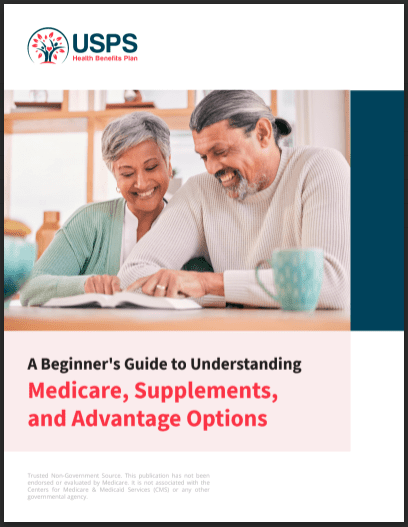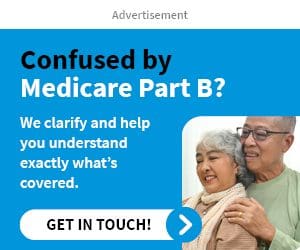Navigating the complexities of Medicare can be daunting, especially for those approaching retirement age or newly eligible for coverage. Understanding the various resources and documents available can empower beneficiaries to make informed decisions about their healthcare coverage. In this short guide, we’ll explore the essential Medicare resources and documents that can help you navigate the Medicare system with confidence.
The official website for Medicare, managed by the Centers for Medicare & Medicaid Services (CMS), serves as a valuable resource for beneficiaries. Here, you can find a wealth of information about Medicare eligibility, coverage options, enrollment periods, and benefits. The website offers easy access to important forms, publications, and educational materials to help you understand your rights and options under Medicare.
When considering Medicare Advantage or Medicare Part D prescription drug plans, beneficiaries receive a Summary of Benefits document from their plan provider. This document provides an overview of the plan’s coverage, including costs, benefits, and coverage limitations. Reviewing the Summary of Benefits can help you compare different plans and choose the one that best meets your healthcare needs and budget.
Each year, Medicare Advantage and Medicare Part D plans are required to send beneficiaries an Annual Notice of Change (ANOC) document. This document outlines any changes to the plan’s benefits, costs, provider networks, or formularies that will take effect in the upcoming plan year. Reviewing the ANOC can help beneficiaries understand how their coverage may be affected and whether they need to make changes during the annual enrollment period.
After receiving medical services or filling a prescription, beneficiaries receive an Explanation of Benefits (EOB) statement from Medicare or their insurance provider. The EOB details the services received, the amount billed by the provider, the amount covered by Medicare or the insurance plan, and any remaining costs owed by the beneficiary. Reviewing the EOB can help beneficiaries track their healthcare expenses and identify any discrepancies or errors in billing.
The Medicare Plan Finder tool, available on the official Medicare website, allows beneficiaries to compare Medicare Advantage, Medicare Part D, and Medicare Supplement plans based on their individual needs and preferences. By entering information about their current medications, healthcare providers, and coverage preferences, beneficiaries can receive personalized plan recommendations and compare costs and benefits side by side.
The State Health Insurance Assistance Program (SHIP) provides free, personalized counseling and assistance to Medicare beneficiaries and their families. SHIP counselors are trained to help beneficiaries understand their Medicare options, compare plans, and navigate enrollment and coverage issues. They can also provide information about Medicare savings programs, Medicare rights and protections, and assistance with filing appeals or grievances.
CMS provides star ratings for Medicare Advantage and Medicare Part D plans based on various quality measures, including customer satisfaction, preventive care, and management of chronic conditions. Beneficiaries can use these ratings to evaluate the quality and performance of different plans and make informed decisions about their coverage options. Higher-rated plans may offer better quality care and customer service.
When enrolling in Medicare or making changes to your coverage, you may need to complete various enrollment forms. These forms include the Medicare Initial Enrollment Questionnaire, the Medicare Advantage and Prescription Drug Plan Disenrollment Form, and the Medicare Part D Prescription Drug Plan Enrollment Form. Be sure to fill out these forms accurately and submit them by the required deadlines to avoid coverage gaps or penalties.






